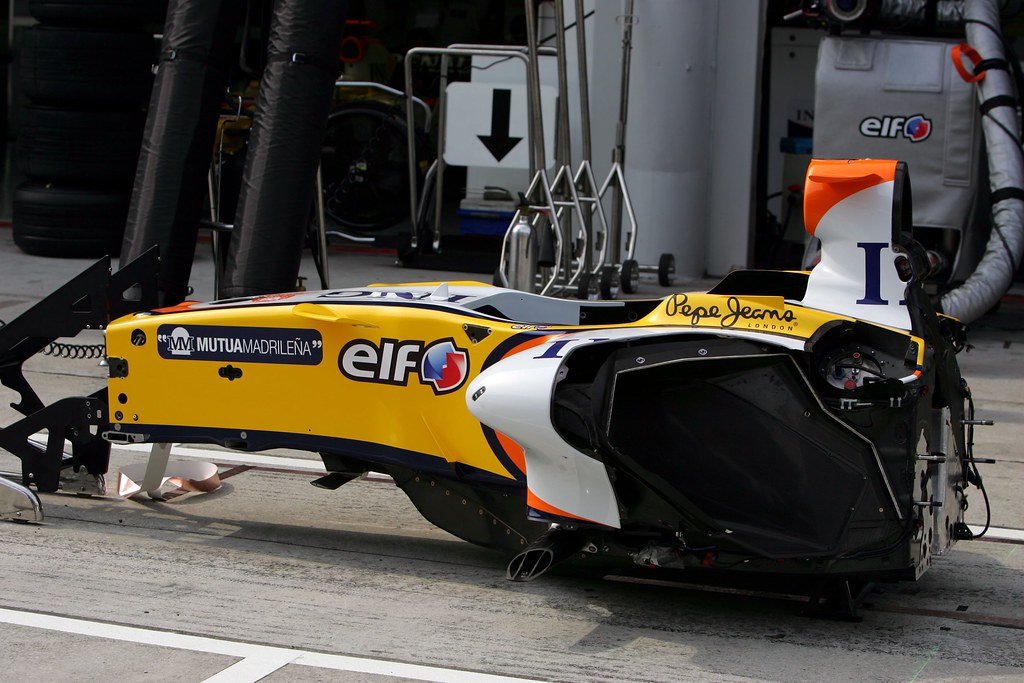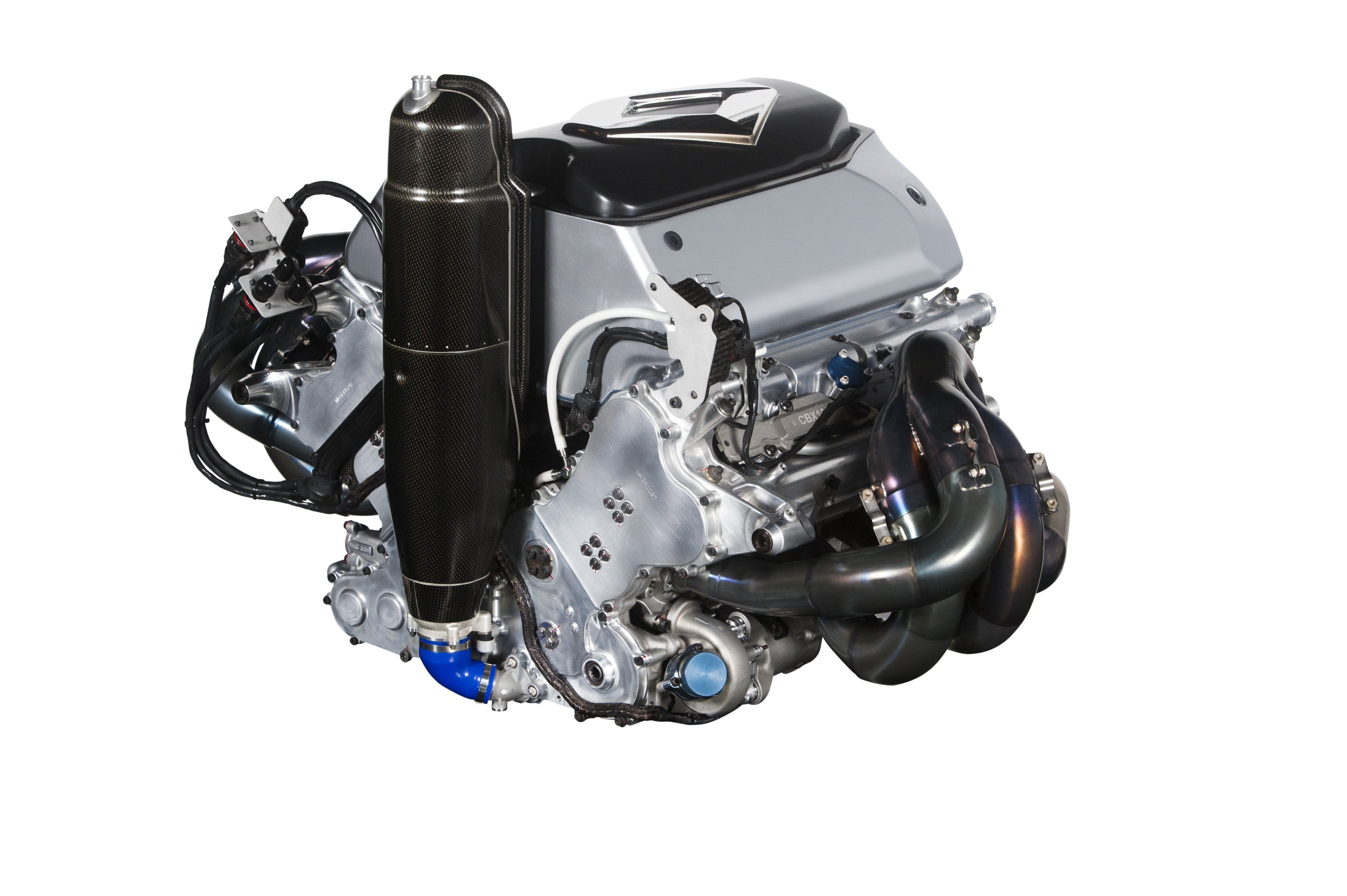What you are saying is true. The bolt is designed for greater impact strength.
You mentioned stress concentration at the narrowest section, which is where the groove is, that was a good reminder.
I haven't touched on these things in a while, and i had to get a refresher in one of my books. (Goes to show a book should be read whole!

)
To add to what you said already i'll list out the points.
1. Miminize stress concentration by using a thread with a smooth, generous fillet at the root.
2. Leave a short length of full diameter shank under the bolt head to serve to centre the bolt.
3. Design for uniform stress throughout the bolt by reducing the diameter in the lesser stressed portion of the shank.
I think these are the main guidelines. This should guide the shape of the bolt. Honestly i've never payed much mind to bolts.
The highest stress is at the thread, as mentioned. Rule 1 is applied there. The fillet is required on both pilot surface and thread root.
Apply #2, to make the stress nearly equal to the stress at the thread root. #2 and 3 are straight forward.
The goal is to increase the impact energy capacity of the bolt; which is a function of the volume.
Brian, you're right on the money.
I was slacking off in some of these posts, i gotta sharpen up.










